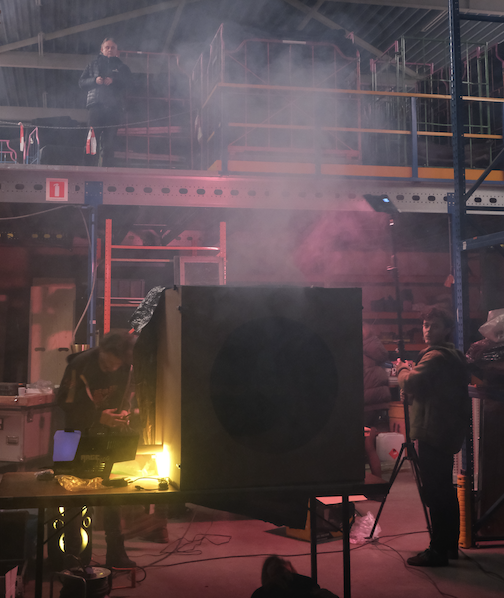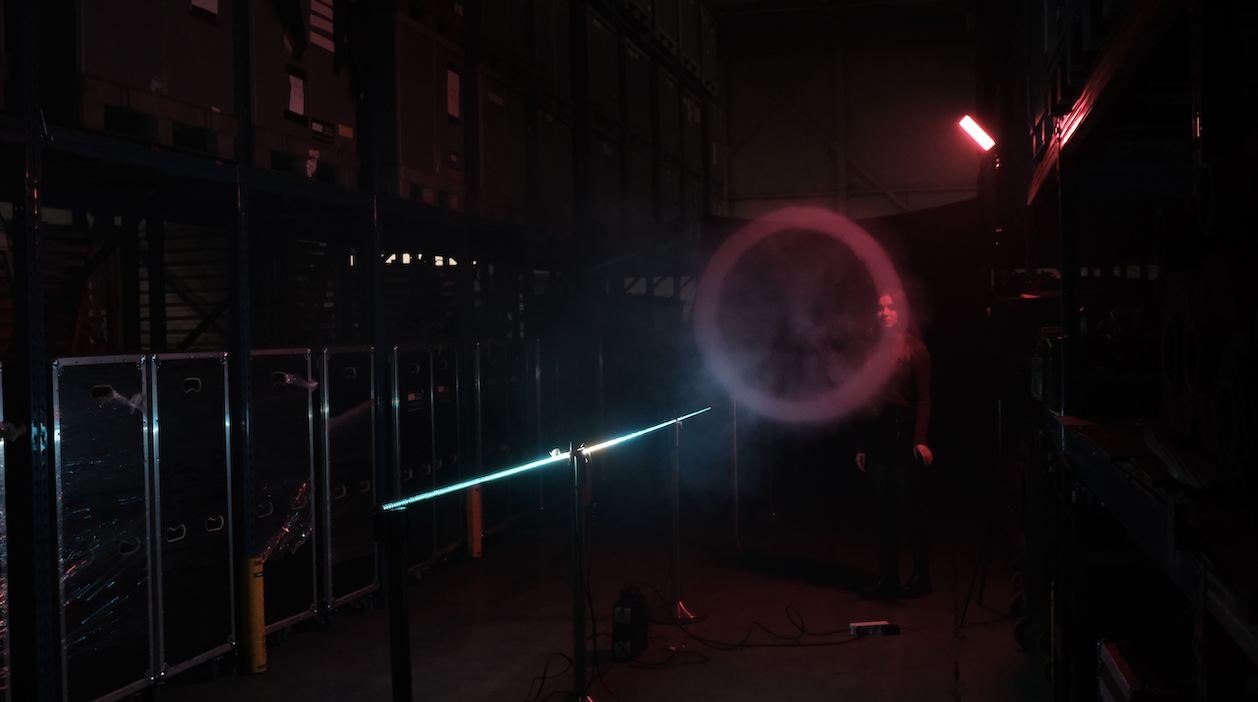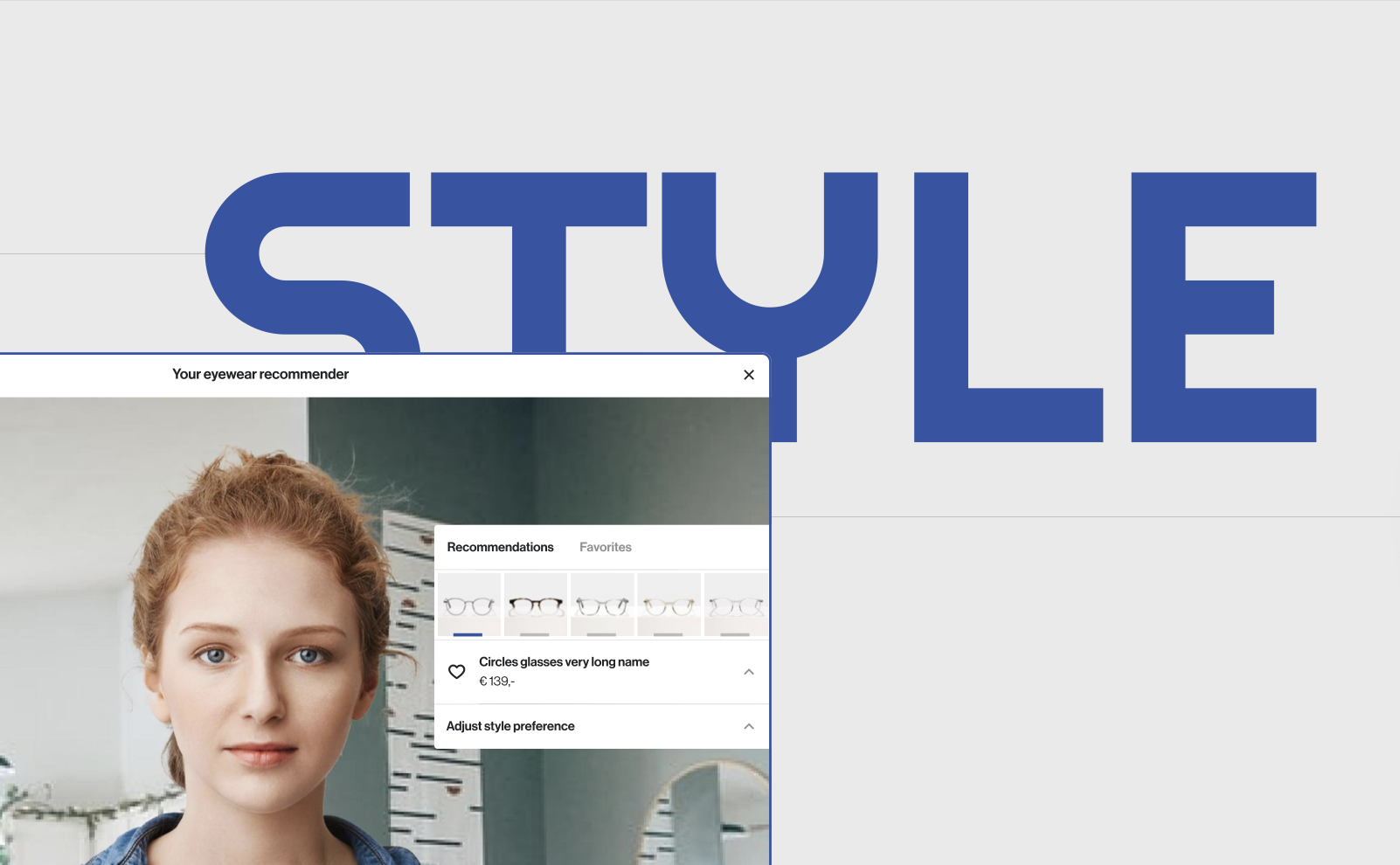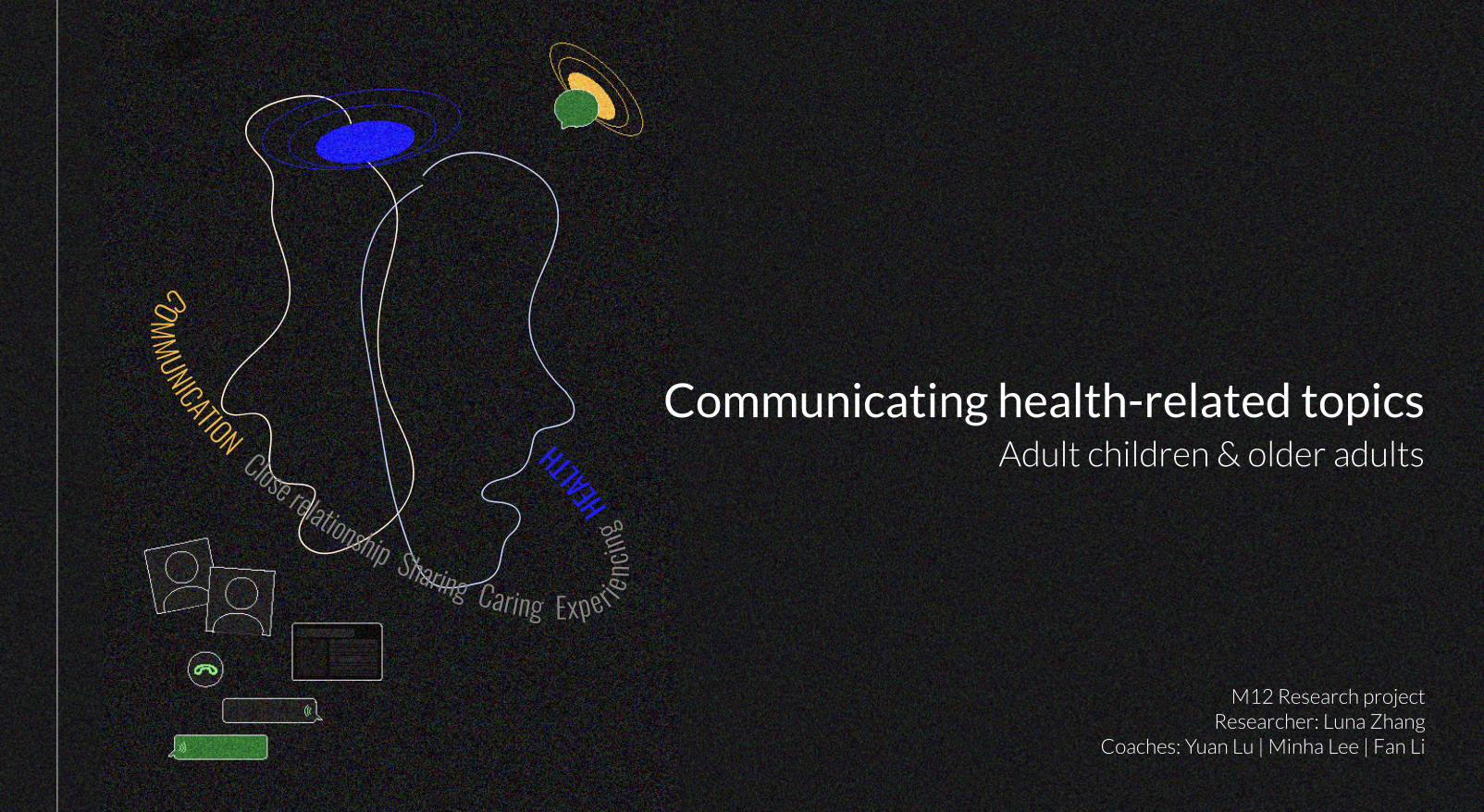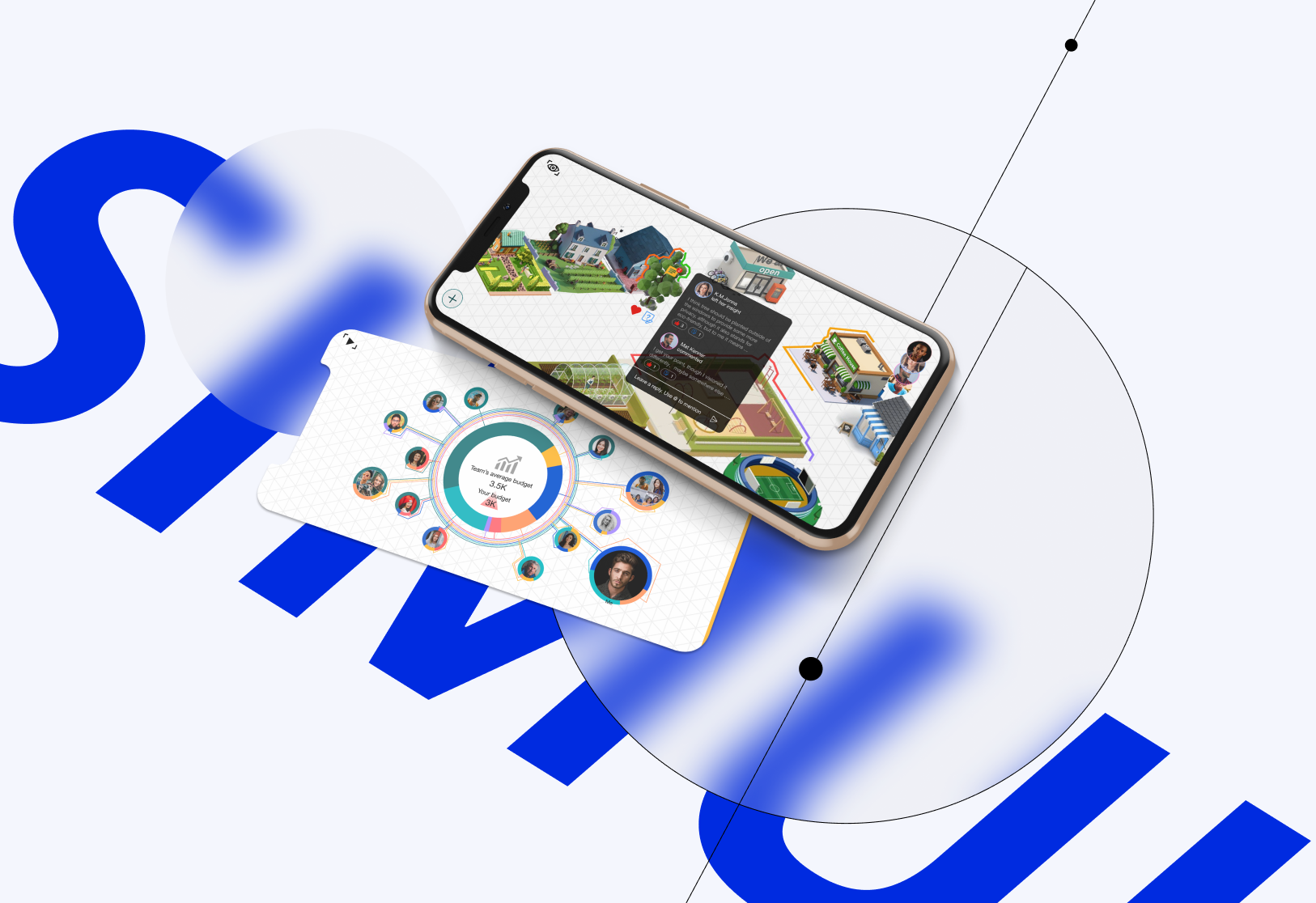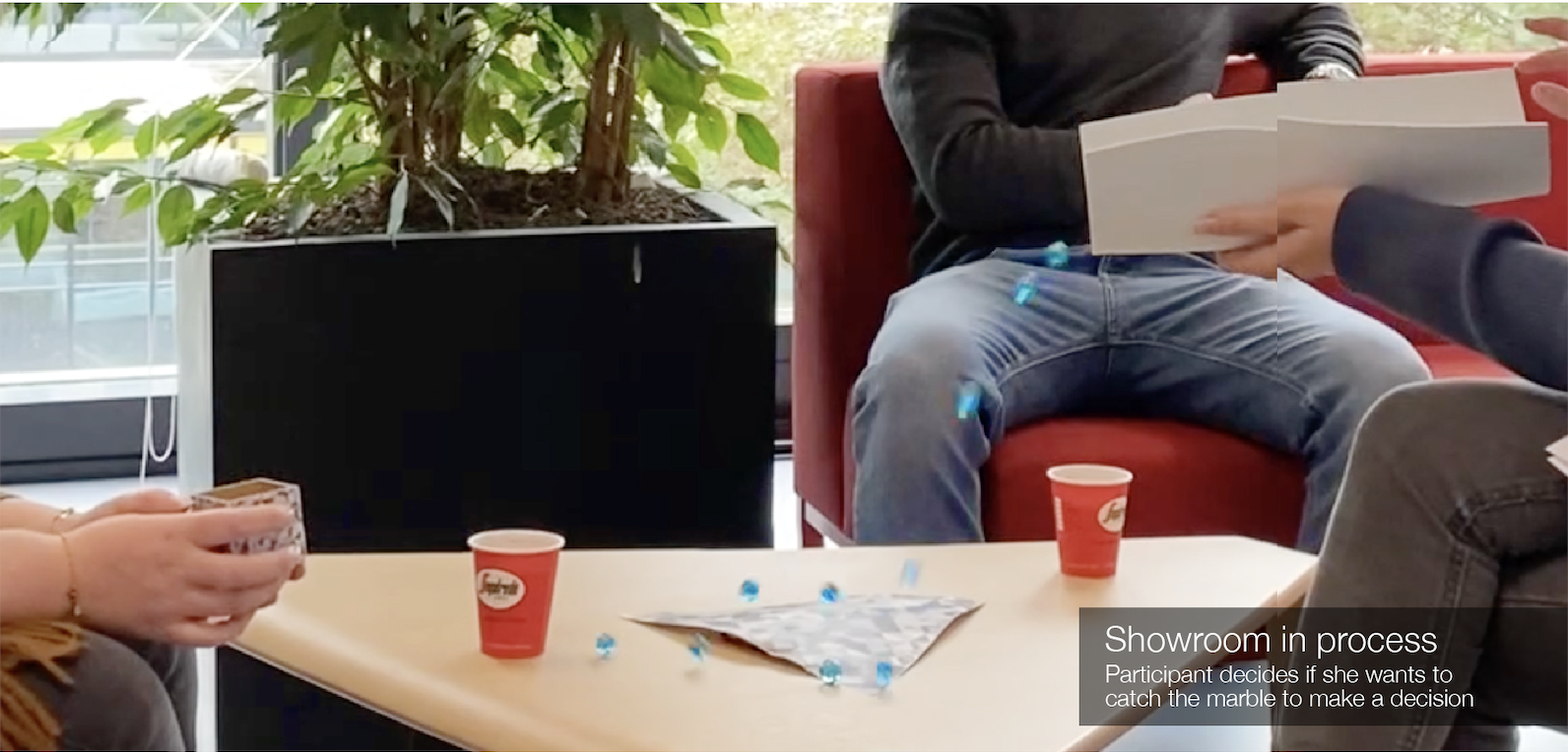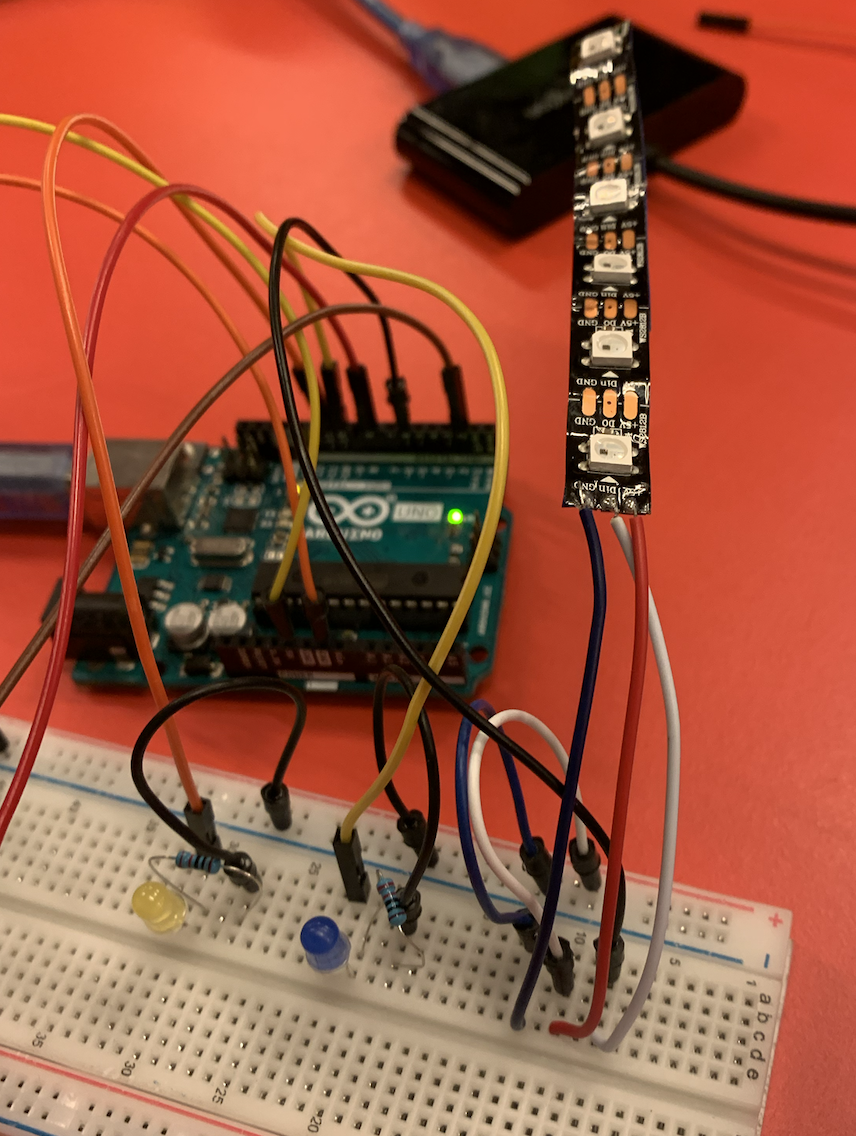Eindhoven, the Netherlands
Empathize &
RECONNECT
I’m a systematic and empathic Experience & Product Designer.

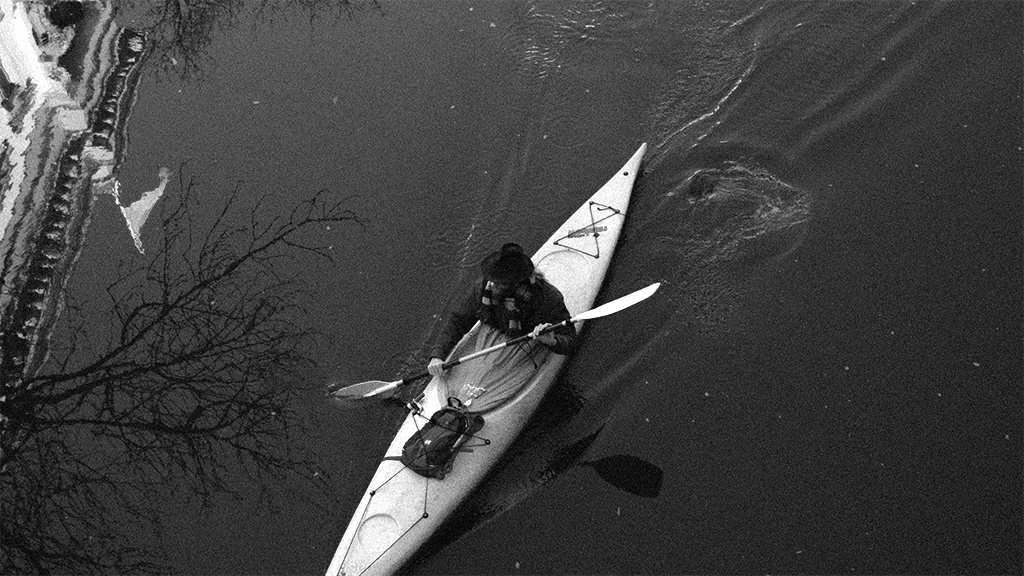

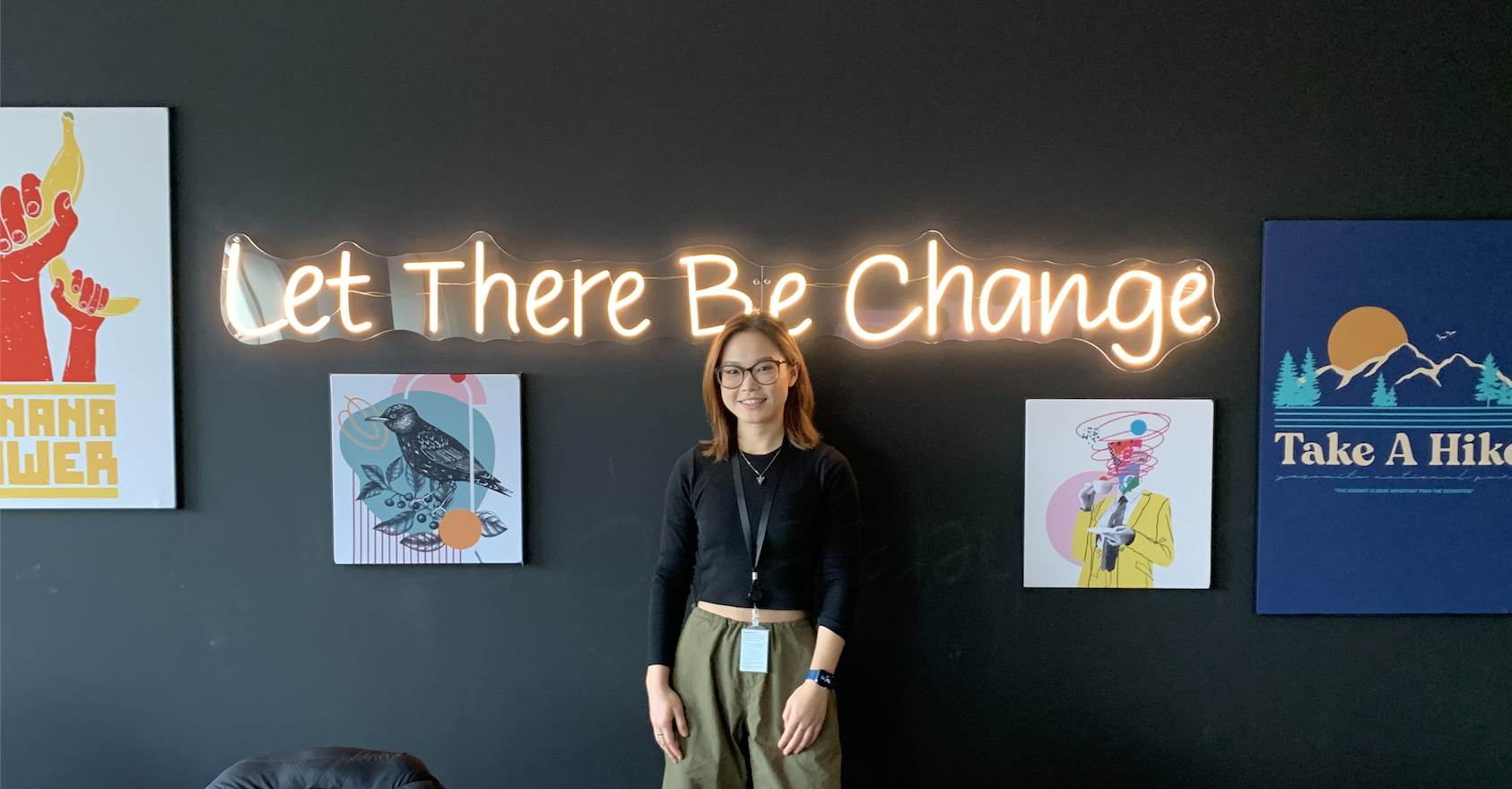
I value clarity and connectivity above all else. I build happy digital experiences into everyday life.
2023
My name is Xumeng Zhang, also known as Luna. 7 years through bachelor and master studies I have practiced in the field of design, working with amazing designers and engineers to make inspiring experiences.
I've traveled and seen the diversity of life. Met so many warm, enthusiastic and fun people who left their mark on me and shaped who I am today. I'm currently residing in the Netherlands, embarking on a new journey.
RECENT WORK
This portfolio marks the growth of a experience and product designer over the past years. The selected projects demonstrate my interests and abilities. These stories will tell you how I design for and design with people, and how my design decisions are validated with care and creativity. Again, I believe that by reconnecting human relationships with the proper help of technology and design, people will feel more positive and happy. Hope you enjoy the ahead journey of building fun and meaningful connections.
Experiences &
Capabilities
Expertise:
Contextual mapping / Gamification / Service Innovation / Collaborative tool design / Data & Information visualization
Research & Design Methods:
Qualitative research: Field observation / Interview / Focus Group / Persona / Journey mapping / Affinity diagram
Co-design: Storyboard / Brainstorm / Rapid prototyping / Usability testing / Visual thinking
Tools:
UX Designer & Unity Developer | Graduation intern
Accenture Liquid Studio
Sep 2022 - Feb 2023
UX/UI Designer | Part time
Eindhoven University of Technology
Aug 2022 - Feb 2023
User Experience Researcher | Intern
PTTRNS.AI
Apr 2022 - Jul 2022
UX Designer | Intern
Accenture Liquid Studio
Nov 2021 - Mar 2022
Teaching assistant
Eindhoven University of Technology
Sep 2021 - Mar 2022
vision
Why do I design?
Regardless of our profession or whatever we do, we are constantly trying to understand ourselves, the causes of things, and how emotions are aroused through experience. And design is my way of understanding the world we live in. Don Norman once said that designers are "Applied behaviour scientist", I couldn't agree more. Design combines sociology, psychology, technology, and creativity so that I can create, and use design to observe human behaviour, better create personalized experiences, and build interpersonal connections. Hopefully I can make a difference in some people's lives, and be able to explain how dreams turn into ideas and eventually into reality.
What do I design?
As a social animal, human need to interact with their surrounding environment. These interactions mobilize the five senses, allowing people to respond physically and physiologically. It’s like weaving a web, constantly establishing more touch points and connections with the outside world. There are 7 components to the human communication cycle. What we experience is highly dependent on how emerging technologies provide us with engaging mediums of communication. It is almost impossible to bypass technology for everyday social connection. And we as designers can help define the channels we build and the role of technology and information in human communication.
What should design enable?
Design is a far broader term than just the making of things and providing solutions. Reality is not immutable, and design is about constantly changing, accepting and pushing these changes, then finding a balancing point. Hence it is not only about solving current problems, but also engaging people in thinking and discussing the future we’re trying to create, which is more forward-looking. Creators lead people to reflect on what is important and how to create valuable things and experiences.
identity
I am a forward-thinking designer driven by passion and fueled by curiosity.
A human observer
I like observing people with their daily life, how they spend their afternoon in the warm sunlight, how they talk to their spouse in public, how they present themselves in society, how they make decisions, how they response to changes in society etc. I also enjoy talking to people. I consider conversation a good way of knowing them. I consider myself a good listener and a good observer, and because so, I am able to do shadowing and interviewing . These qualities help me shape my identity as a designer --- one who can emphasize with people, and help people further understand their needs by exploring with them together and asking more “why”s. One who reflects on human behavior and society phenomena, trys hard to make small changes, hopefully impacts, on the world.
A Team Worker
I enjoy working with people from different backgrounds. I can be persistent with my own ideas sometimes if I think from a fixed perspective. At this time, it is important to bring in new perspectives and knowledge, I will be open to all suggestions and criticisms. Cooperating with team members can run-in tacit understanding and improve my depth of thinking. I value the communication and the collision of minds between me and others, which in turn also helps me make more meaningful connection with the world and shape my vision more comprehensive.
A Flexible Doer
I believe only through practice can the effect of a method or a product be seen, then we need to learn along the way. Therefore, I value prototyping skills and analyzing abilities, that’s when technology and realization skills comes in handy. I consider myself a flexible person. Different measurement standards and theoretical models are sometimes highly time sensitive, like value creation paradigms[2]. I need to make rational analysis of previously verified paradigm, analyze its applicability and feasibility in the present situation, and make reasonable adaptations before applying.
GROWTH
Learning from activities
The research process is also a design. We need to understand what can help us understand the situation better, and how can we properly get the answers to all of our questions in the most reasonable amount of time and effort. The ability to merge different methodologies and perspectives is essential to a designer. One must be capable of personalizing research and design methods for different projects. With limited time and resources, the research for design process will take shape differently. And whether it is business and technology driven or design driven, we need to create concepts that fit perfectly into the scenario [3]. That’s why I value methods that dive deep into the context and the real needs of people with sharp eyes. I highly value qualitative research methods because I am a good observer and patient listener, and also because I believe that communicating directly with people in a creative way can always provide interesting insights. Grounded in context, one can design personalized experiences for people in need. [3] Kumar, V. (2012). 101 design methods: A structured approach for driving innovation in your organization. John Wiley & Sons.
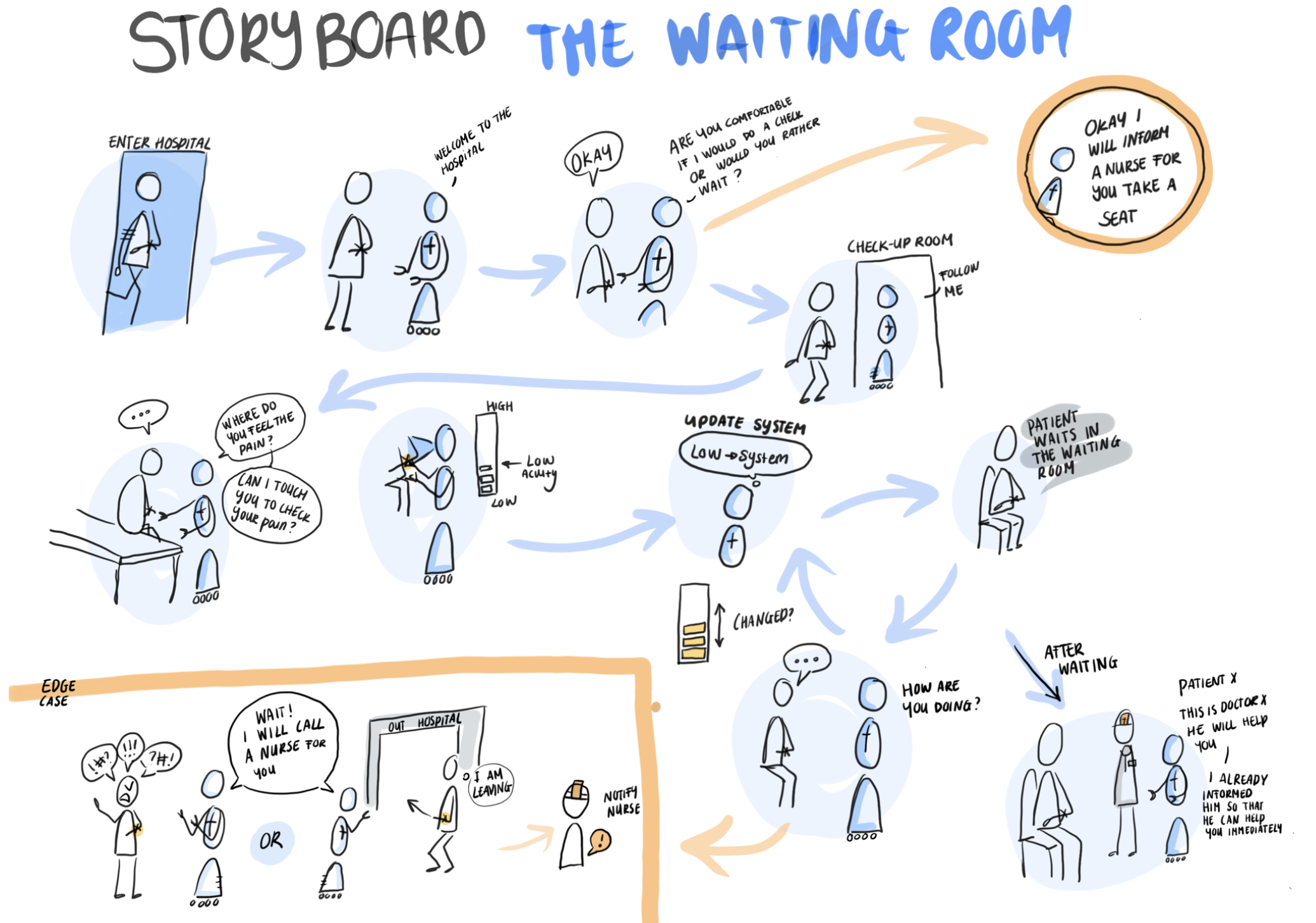
User experience theory and practice
Managing expectations for waiting times in the Emergency Department (ED)

